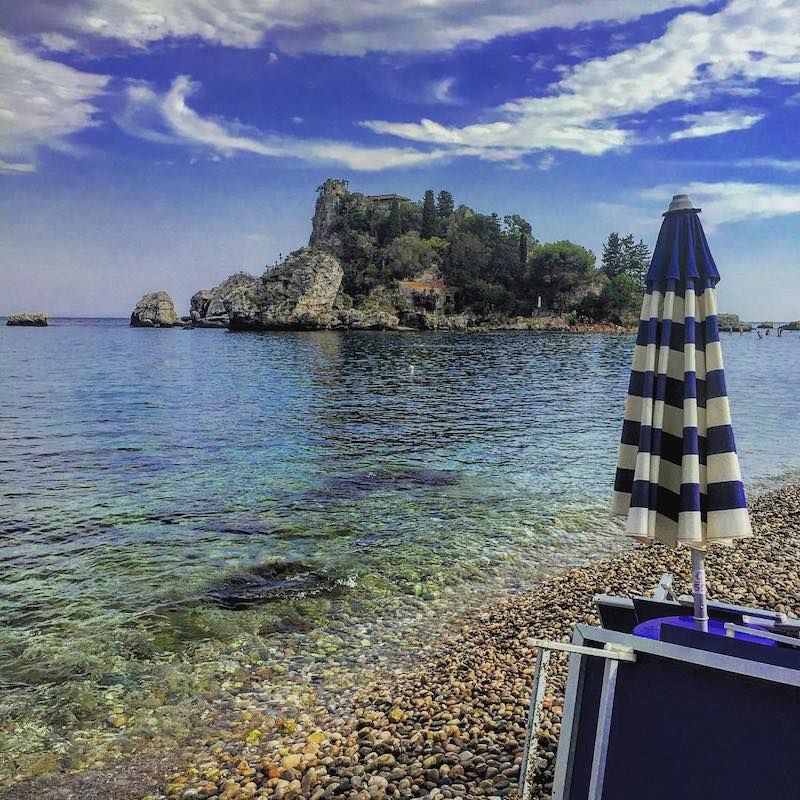Isola Bella in Taormina
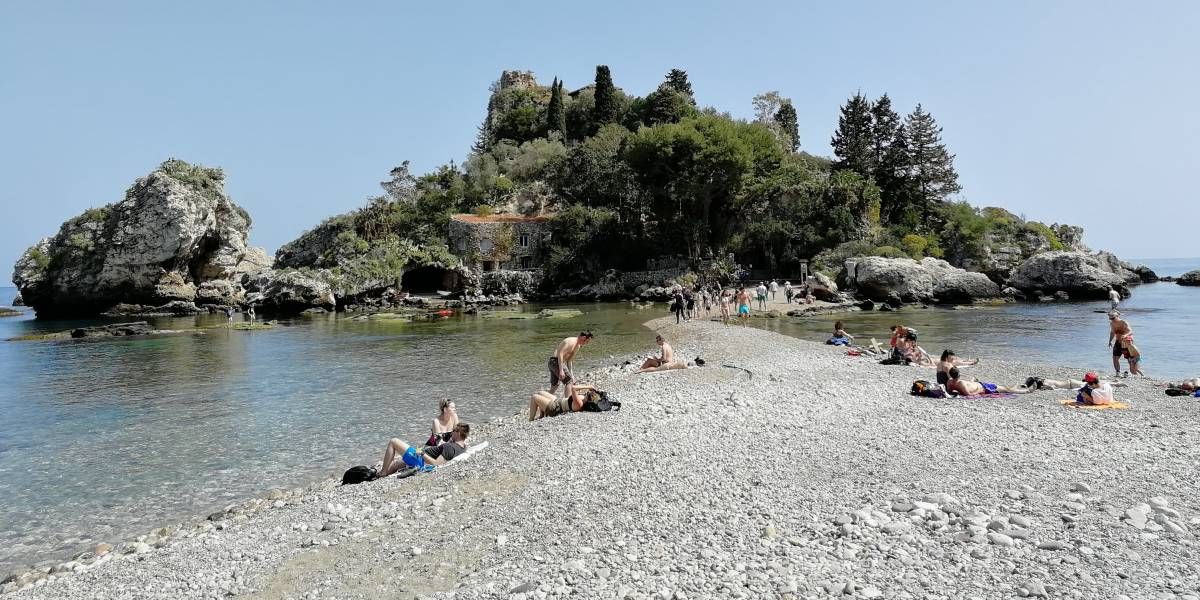
Located along the coast of Taormina, Isola Bella has become, with the Greek Theatre, the symbol of Taormina. Picturesque and charming, the island still maintains intact its beauty and charm.
HISTORY
In 1806 Ferdinand I of Bourbon, King of Sicily, gifted the island to the town of Taormina. The island was subsequently acquired in 1890 by a rich English noblewoman, Florence Trevelyan, for an amount of 14,000 Lire.
Lady Florence Treveylan was exiled to Sicily from the British Queen Victoria because the lover of his cousin and future King Edward VII.
Taking advantage of his passion for plants, Lady Treveylan planted on the island of tropical plants of absolute value, mingling with the vegetation on the island, still form an unique scenery. Lady Trevelyan also constructed a house surrounded by greenery on the island where he spent the hottest hours of the day.
When Lady Treveylan and her husband Salvatore Cacciola died, the island was inherited by his nephew and lawyer Cesare Acrosso who sold it to the family The Lo Turco for 30,000 Lire. The Lo Turco had to clash with the ban of the town that prevented further construction on the island.
The island was so abandoned for several decades, until, in 1954, was bought by the family Bosurgi of Messina, owner of a major factory, the Sanderson, citrus processing company.
The Bosurgi managed to circumvent the ban on construction on the ordinary and were able to build a house set among the rocks and covered by dense vegetation that from a certain point of view, the view even more charming.
In 1982, the failure of Sanderson, caused the auction of the assets of the family Bosurgi. Meanwhile, completely abandoned, the island was targeted by vandals who destroyed much of its beauty.
In 1984 the island was declared an asset of historical and artistic and therefore human heritage . In 1990 it was then purchased by the Department of Cultural Heritage for an amount of around ten billion lire.
The site has become in 2011 Museo Naturalistico regionale di Isolabella, and it is open to the public every day from 9am until one hour before sunset.
HOW TO GET TO ISOLA BELLA
Isola Bella can be reached from downtown by taking the cable car on via Pirandello to Mazzarò and then turn right for about 200 meters, or, for those who enjoy a stroll, walk through Via Pirandello onto the viewing point "Isola Bella" and then taking a path that leads directly to the island.
BEACH CLUBS IN ISOLA BELLA
ADDRESS
Via Nazionale - Strada Statale 114
PHONE: +39 0942 628738
TIMETABLE
Open from Tuesday to Sunday from 09:00 until one hour before sunset. Monday closed.
In winter time may vary depending on weather conditions.
Tours are staggered in groups of 15 people.
RATES
Full ticket: € 6,00
Reduced ticket: € 3,00
LOCATION
FAQ
The stairs to reach Isola Bella are 134
The beach of Isola Bella is freely accessible as it is a Nature Reserve. Therefore, there is no entrance fee to access it.
However, if you wish to access the interior of the islet (which has become the Regional Naturalistic Museum of Isola Bella since 2011), the cost is 6 euros per person. It is open every day except Monday from 9:00 a.m. until a few hours before sunset.
Related articles
Naumachie
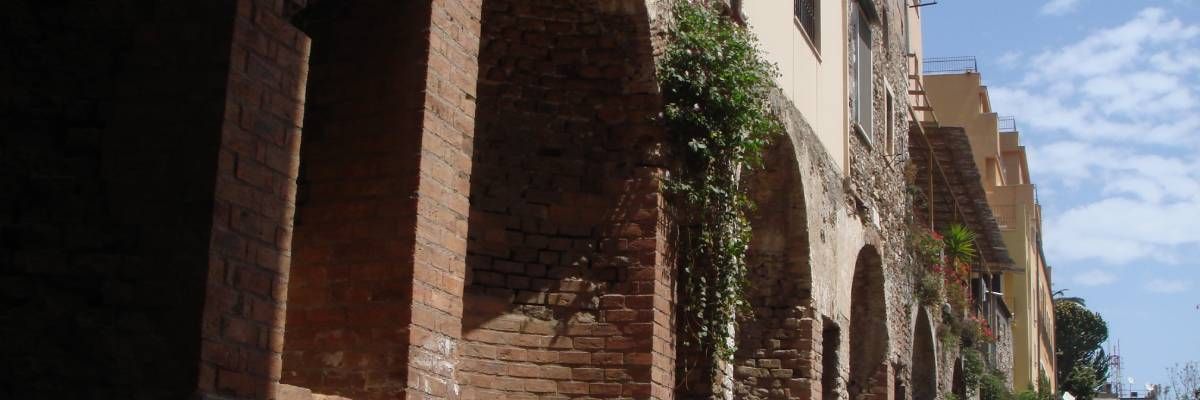
Badia Vecchia
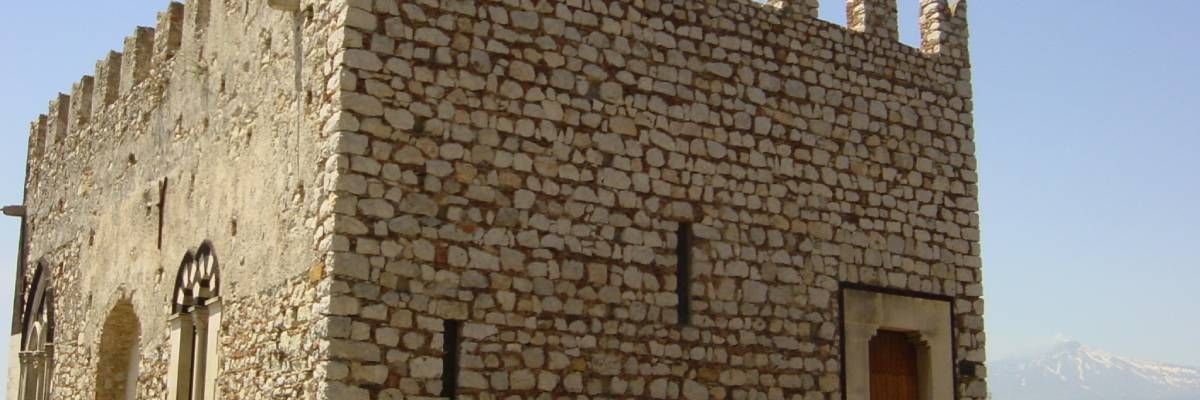
Corso Umberto I
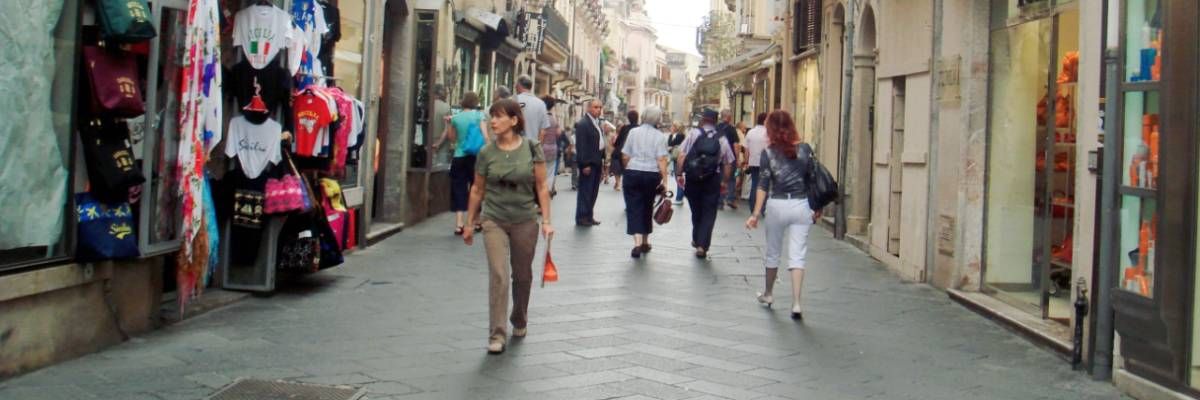

 English
English  Italiano
Italiano 